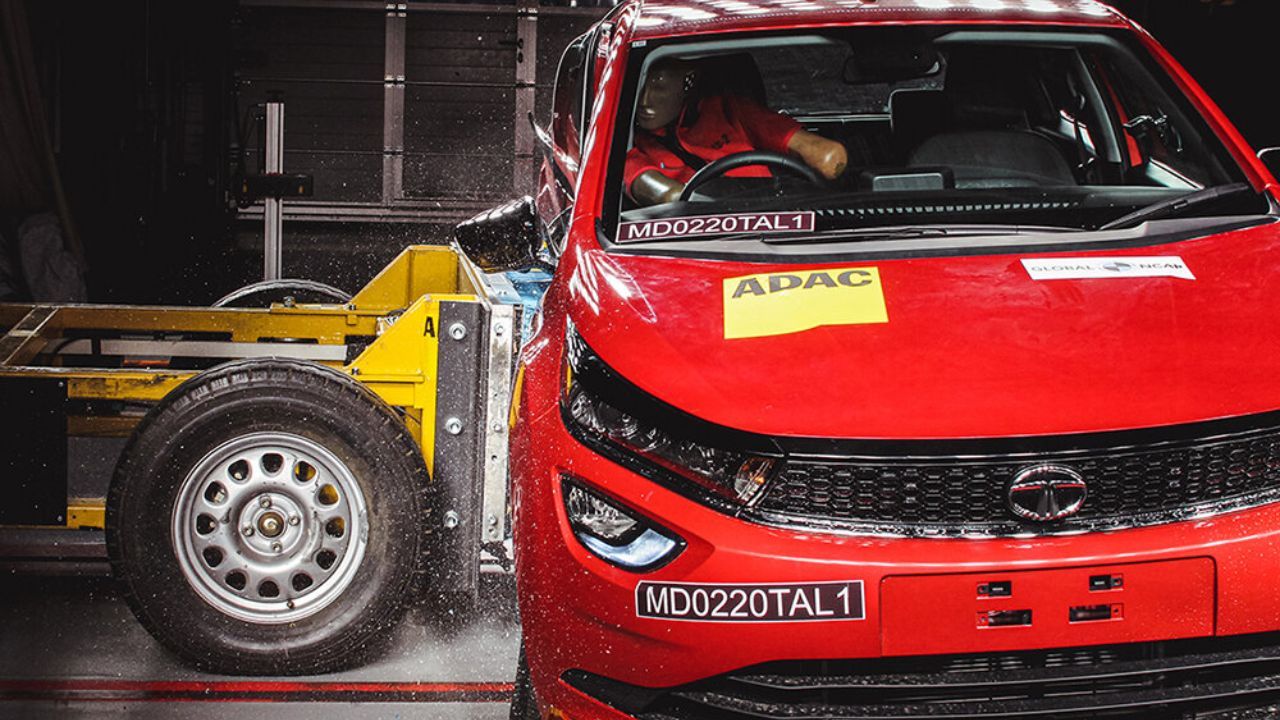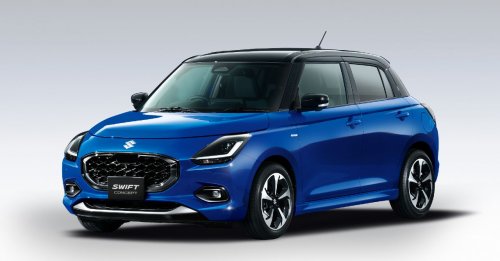
The much-anticipated Bharat New Car Assessment Programme (Bharat NCAP) has been officially launched in the country by the Union Minister of Road Transport and Highways Nitin Gadkari. Slated to come into effect on October 1, the Bharat NCAP enables Indian auto manufacturers to get their vehicles tested in accordance with Automotive Industry Standard (AIS) 197. As a result, this system will help improve the safety of passengers as well as increase the export-worthiness of Indian automobiles, according to Nitin Gadkari. The Bharat NCAP is similar to the Global New Car Assessment Programme and uses star ratings to rate the safety performance of cars in crash tests, however, it takes into account the existing Indian driving conditions and regulations.
Bharat NCAP vs Global NCAP: Safety Rating Categories
Under the Bharat NCAP, car manufacturers can voluntarily submit their vehicles for testing as per AIS 197. Based on the performance of the cars in the crash tests, the vehicle will receive star ratings for Adult Occupants (AOP) and Child Occupants (COP). Moreover, the safety rating will also consider the fitment of safety assist technologies. Cars and SUVs with up to 8 seats weighing under 3.5 tonnes will be tested.
Similar to the Bharat NCAP, safety ratings under the GNCAP are also based on adult occupant protection and child occupant protection scores. To achieve a 5-star safety rating for adult occupant protection, a vehicle must get a minimum of 34 points – 16 points for the front crash test, 16 for the side impact, and 2 points for seatbelt reminders. In the Bharat NCAP crash test, at least 27 points in adult occupant protection are required to receive a 5-star rating, while a 5-star rating in child occupant protection requires 41 points.
Bharat NCAP vs Global NCAP: Types of Crash Testing
The testing protocols of Bharat NCAP are in line with global crash test protocols. The crashworthiness of the vehicles will be determined through 3 types of crash testing – offset deformable barrier frontal impact test, side impact test, and pole side impact test. Plus, this programme also mandates the installation of six airbags, electronic stability control (ESC), three-point seatbelts for every passenger, improved emergency braking systems, etc.
Global NCAP ratings, on the other hand, are based on a front-offset, side impact, and pole-side impact test. In addition, it also requires manufacturers to make ESC, pedestrian protection systems, and seatbelt reminders for all seats as standard fitment, in accordance with UN127 or GTR9.
Bharat NCAP vs Global NCAP: Test Speed
In the Global NCAP test, the car is made to be driven at 64km/h. An overlap of 40 per cent is kept between the vehicle and the deformable barrier to simulate a crash between 2 cars at 50km/h. Under the Bharat NCAP, the frontal crash test will be conducted at a speed of 64km/h, which is in line with the Global NCAP crash test speed. While the side and pole-side impact tests will be done at 50km/h and 29km/h, respectively.
Also Read: Watch: Citroen C3 Gets Zero Star Safety Rating in Latin NCAP Crash Test
Additionally, it should also be noted that Bharat NCAP will not just conduct passive safety tests and test ICE cars but also test and rate CNG and EVs based on their performance. Apart from that, unlike other NCAP formats, where separate ratings are provided for adult and child protection, Bharat NCAP will give a unified rating for the vehicles, combining crash test results for adults and children alike.
Under the Bharat NCAP, car manufacturers must submit an application in Form 70-A to the designated central government agency as per AIS 197. The designated agency will provide the cars with star ratings and periodically update the ratings. The vehicle star ratings will be posted on a portal set up by the agency. Beginning on October 1, 2023, the government plans to put the program into effect.
The Union Minister says that the Bharat NCAP will be tuned to test electric vehicles and alternative fuels, as soon as the programme gets fully functional. And more than 30 car models have already been offered by the manufacturers for the assessment.

























Write your Comment